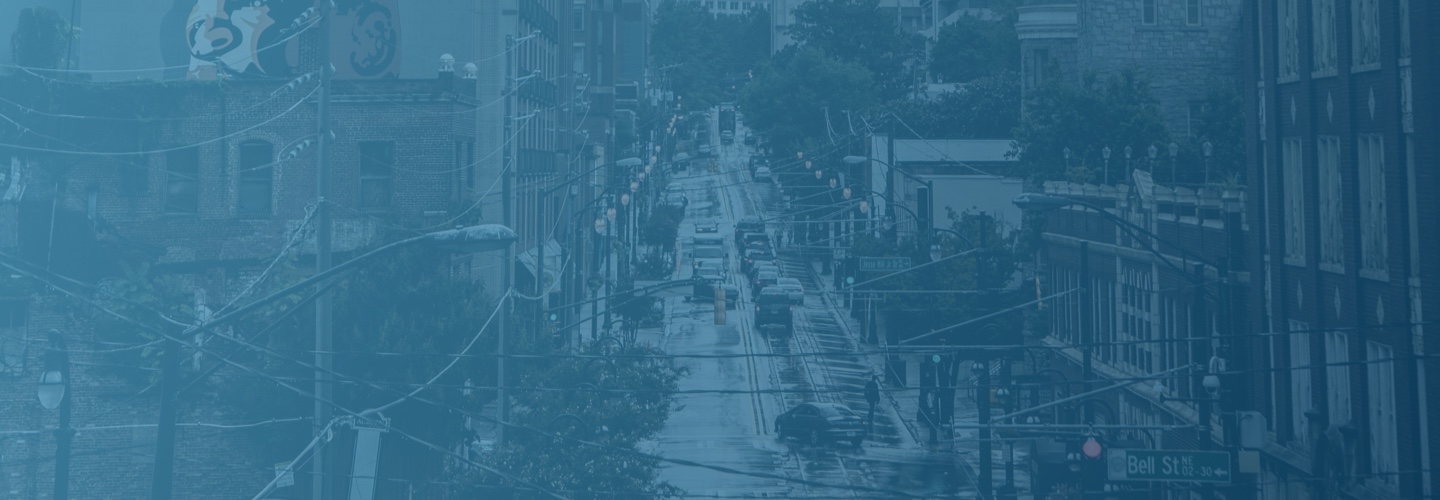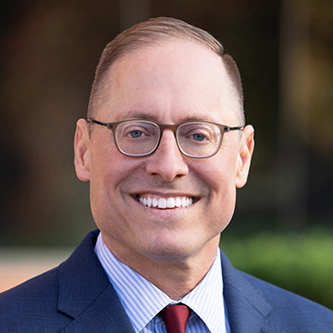Stephen Hasner | Car Accidents | February 14, 2019
The allocation of fault in a rear-end accident is often straightforward. The vehicle that hits another vehicle from behind usually had the best chance to avoid the accident, and that means the driver of the rear-ending vehicle is usually liable for damages. However, every accident is unique, and additional factors in a rear-end accident may distribute fault differently from the standard.
General Responsibility
Rear-end collisions most often occur in one of two scenarios—the front vehicle failed to move while the rear vehicle did not, or the rear vehicle was traveling at a higher rate of speed than the front vehicle.
In general, if a vehicle is stopped at a stop sign or intersection and another vehicle hits it from behind, the driver of the rear vehicle has responsibility for the accident and liability for damages. Likewise, the driver of a vehicle that hits another vehicle from behind while it is traveling on the road, even if it was traveling at a slower speed than posted, bears liability for damages.
The possible reasons drivers of rear-ending vehicles hit other vehicles is long—fatigued driving, driving under the influence, distracted driving, reckless driving, a medical emergency, and more.
While the rear-ending driver is frequently at fault, exceptions exist.
Rear-End Collisions: The Exceptions
Imagine a car is traveling down the middle lane of a moderately busy interstate, perhaps speeding a couple of miles more than the speed limit, but still within reasonable parameters of safety. A car approaches from behind at a high rate of speed, perhaps weaving between vehicles without regard to safety rules such as passing on the left, using signals, or checking blind spots. The speeding car passes the first car on the right and then unexpectedly pulls into the middle lane, causing the first car to strike it from the rear. In this scenario, the rear-ending vehicle may not bear fault for the accident because the driver of the vehicle that was hit actually caused the accident through reckless and negligent driving.
In any accident where questions arise regarding causation and fault, additional evidence such as witness statements from other drivers, or footage from dash cams or traffic-monitoring cameras, may help establish how the accident occurred.
Common scenarios where responsibility for a rear-end collision may not belong to the driver of the rear-ending vehicle include:
- The rear driver also experienced a rear collision. When a vehicle is hit from behind with sufficient force to push it into other vehicles, the driver may not bear fault for the accident, or may only bear partial fault (such as in cases where the driver failed to leave sufficient space between stopped vehicles while waiting at an intersection).
- The front driver backed into the rear driver. When the driver of a vehicle in front of another vehicle backs into the rear vehicle, the resulting damage may appear similar to an accident where a rear vehicle caused the collision. Reasons a driver might attempt to back up in traffic include to change lanes, make a turn, or to move out of an intersection. By failing to follow road safety rules and acting unexpectedly, the reversing driver would bear fault for any resulting accident.
- Mechanical errors of the front driver’s vehicle, such as failed brake lights. Drivers rely on the good mechanical function of their own vehicles as well as the vehicles of others. When brake lights fail, particularly at night or other times of limited visibility such as during inclement weather, a rear vehicle can fail to see a stopped vehicle until it is too late to avoid a collision. Mechanical failures, including tire blowouts and engine failures, can also become issues when they force a front vehicle to sharply reduce speed with no warning.
- The front driver was driving under the influence (DUI). Any time a driver under the influence is in an accident he or she may bear partial if not total liability, as most states consider DUI a form of negligence per se. This may preclude a driver under the influence from recovering damages, even if the rear driver had some fault for the accident.
- The front driver deliberately placed himself in line for a collision. While it may seem incredible, some people may try to cause accidents for purposes of insurance fraud or to otherwise get a payday. If a front driver acted deliberately to cause a collision with a rear vehicle, the rear driver may not bear any fault for the collision. However, in such a scenario the challenge is producing sufficient proof of the front driver’s motivation and actions. Victims must work with an experienced lawyer who can build a strong, evidence-based case.
Recovering Damages After a Rear-End Collision
If you were in a rear-end collision, you may have suffered economic and non-economic damages, including:
- Medical expenses, such as emergency transportation and treatment, hospitalization, radiology, surgery, medication, and rehabilitation
- Lost wages
- Lost earning capacity
- Property repair or replacement, including alternative transportation costs and any valuable property within or attached to your vehicle at the time of the accident
- Pain and suffering
- Loss of consortium
The legal team at Hasner Law is passionate about helping victims of rear-end collisions. Our services include evaluating all potential claims, gathering evidence, negotiating settlements when possible, and all aspects of litigation when it becomes necessary.
While every case is unique and depends on the facts that are specific to it, we believe our record demonstrates our firm commitment to work hard for every client to ensure they get the best possible outcomes for their case.
Contact the Atlanta Car Accident Lawyers at Hasner Law PC For Help
If you were in a rear-end collision, speak to an experienced personal injury lawyer as soon as possible.
For more information, please contact the Atlanta car accident law firm of Hasner Law P.C. at our nearest location to schedule a free consultation today.
We serve in Fulton County, Chatham County, and its surrounding areas:
Hasner Law PC – Atlanta Law Office
2839 Paces Ferry Rd SE #1050
Atlanta, GA 30339
(678) 888-4878
Hasner Law PC – Savannah Law Office
221 W York St
Savannah, GA 31401
(912) 234-2334


